
But more surprisingly, the second largest city in the U.S. is home to the La Brea Tar Pits, the site of the largest collection of late Pleistocene asphaltic fossils in the world.
Located right in the middle of downtown L.A., among the freeways and skyscrapers, the La Brea Tar Pits is an active paleontological research site formed around a group of tar pits, where natural asphalt has been seeping up through the ground for tens of thousands of years. Over millennia, Ice Age animals became trapped in the sticky asphalt, which then preserved their bones as fossils.
The Tar Pits were first observed by European explorers in 1769, but were known to the Native peoples of Southern California for generations. The presence of fossils in the bubbling asphalt was not discovered until 1901 by a Union Oil geologist. When the significance of the pits was realized after years of fruitful excavation of fossils, the property's owner, George Allan Hancock, donated the land to the County of Los Angeles so it could be preserved. Excavation of the pits continued on and off through the early 20th century, and in 1977, the George C. Page Museum, which housed many of the pit fossils, was opened to the public. To date, millions of fossils are on display at the museum, which is now called the Page Museum and Tar Pits. Visitors can watch paleontologists work in the lab and get an up-close look at the research being performed.
DEADLY TAR
This story is from the {{IssueName}} edition of {{MagazineName}}.
Start your 7-day Magzter GOLD free trial to access thousands of curated premium stories, and 9,000+ magazines and newspapers.
Already a subscriber ? Sign In
This story is from the {{IssueName}} edition of {{MagazineName}}.
Start your 7-day Magzter GOLD free trial to access thousands of curated premium stories, and 9,000+ magazines and newspapers.
Already a subscriber? Sign In
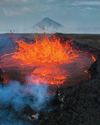
THE BRIGHT SIDE OF VOLCANIC ROCK
As a mineral resource, volcanic rock is decidedly short on glamour.
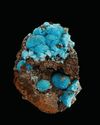
The Other Copper Minerals
12 Lesser-known Collectible Species

MINERAL COLLECTING -AND ROCK & GEM
Evolving Together FOR 54 YEARS

Gemstone Trends
A Look Back at 2024 & What to Expect in 2025
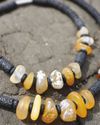
How to Make a GEM BEAD NECKLACE
No Lapidary Experience Needed!
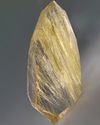
Framing Nature's Art
Faceting Rutilated Quartz for Beginners
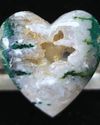
BEDAZZLED BLUE SEAM AGATE
More than several centuries ago, mining was the profession most often seen as befitting of men.
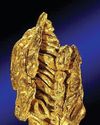
ROCK & GEM FIELD GUIDE:
Spinel is a captivating gemstone with a rich history of being mistaken for gems like ruby and sapphire.
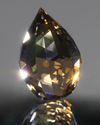
SNAKE SCALE DROP 1.5:1
This Faceting Focus is revisiting the briolette gemstone design because of its popularity with independent and hobby gemstone faceters.

STONE CHIC
How Earth-Inspired Decor Brings Comfort to our Home